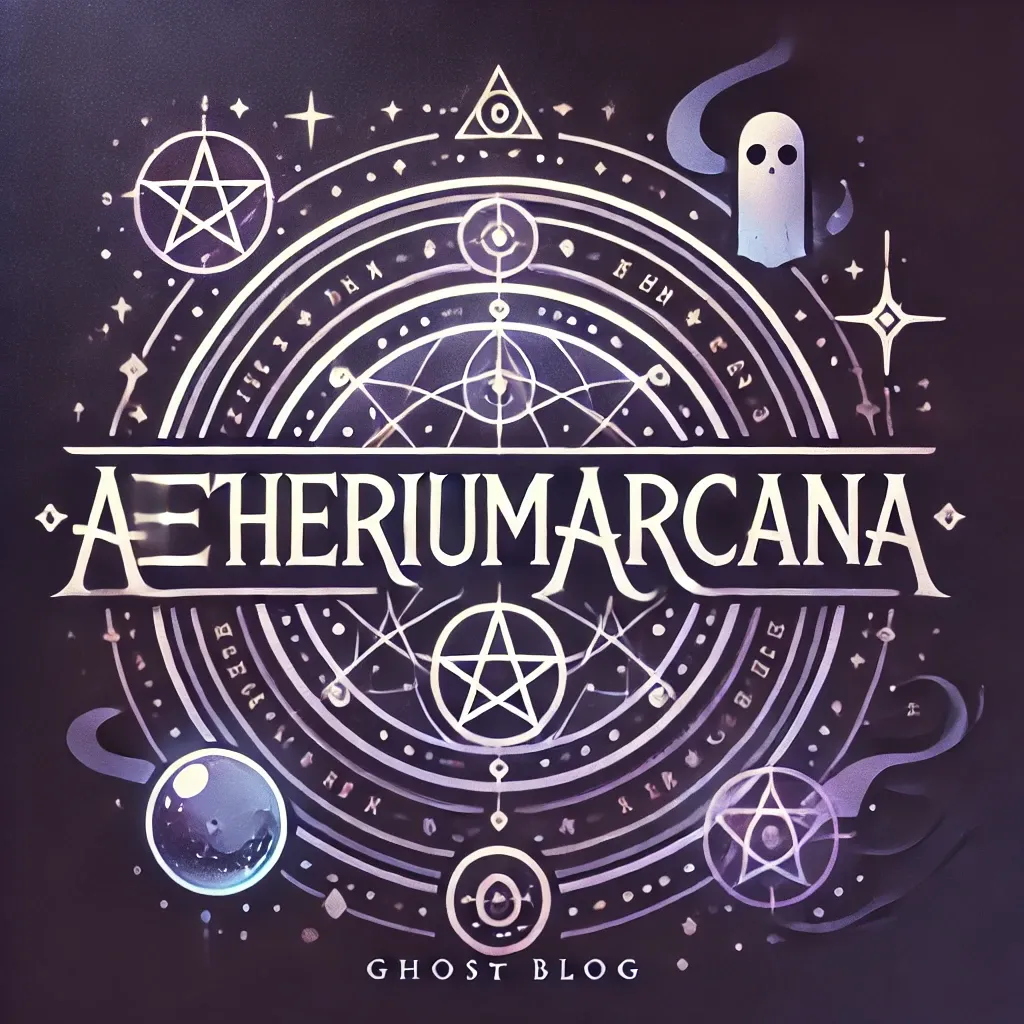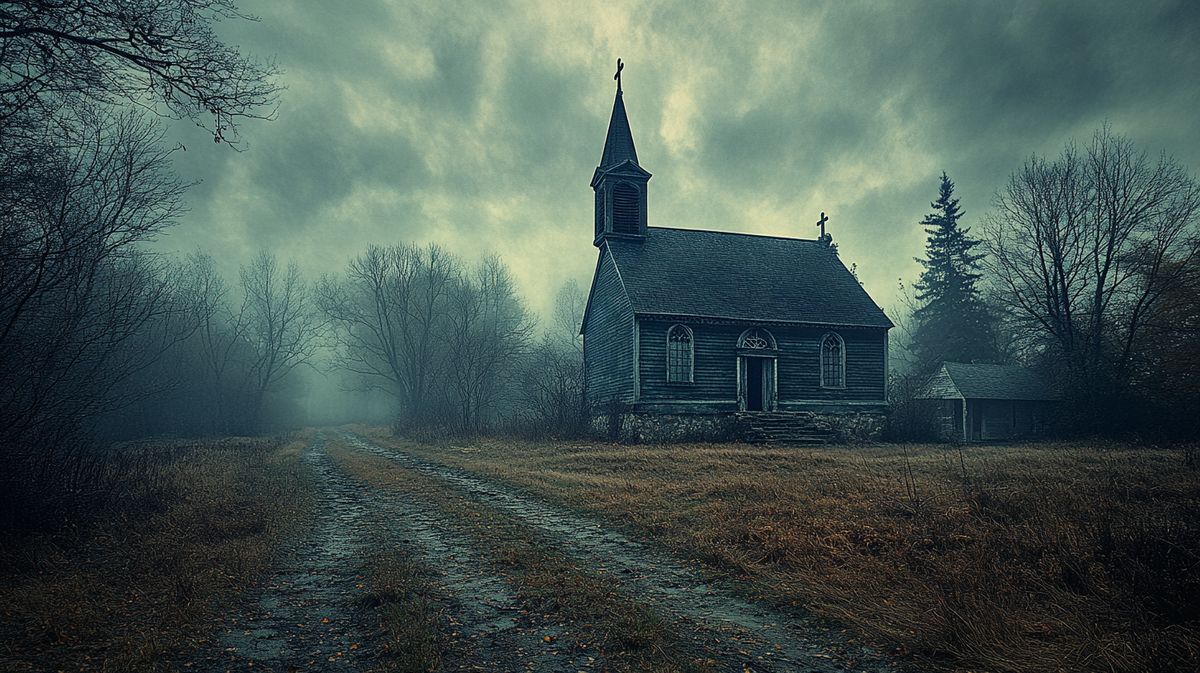Long before Edgar Allan Poe popularized the American Gothic with tales of catacombs and premature burials, and before H.P. Lovecraft peopled New England with unspeakable deities, the region already throbbed with a peculiar energy—a grim union of colonial repression, Old World superstition, and spectral folklore. New England, cradle of Puritan theocracy and Protestant dread, was fertile ground for occult and horror narratives. Though often cloaked in theology, these early accounts laid the psychological and cultural groundwork upon which writers like Nathaniel Hawthorne would build America’s first literary engagement with the Gothic.
In the strictest literary sense, there were few "horror authors" in colonial New England. But the region produced a body of writing that dealt obsessively with sin, demons, witchcraft, spectral evidence, divine punishment, and the unseen—in short, proto-horror. These texts weren’t fiction; they were often court records, sermons, or theological treatises. Yet the imagery, tone, and intent foreshadowed the genre to come.
One of the central figures in this tradition was Cotton Mather (1663–1728), the prolific Puritan minister and chronicler of the Salem Witch Trials. His 1693 work Wonders of the Invisible World was ostensibly a defense of the trials and executions, but it reads like a grim catalog of supernatural menace. Mather described a world suffused with the Devil’s influence, where witches consorted with demonic familiars, spectral attacks left no marks, and no household was safe from invisible threats. To the modern reader, this material functions like a theological horror anthology—complete with confessions under duress, mysterious afflictions, and spectral conspiracies.
Mather's style, while formal, trafficked in the same emotional register that Gothic literature would soon adopt: fear of the unknown, moral ambiguity, and paranoia. His blending of religious orthodoxy with nightmarish imagery created an intellectual tension that writers like Hawthorne would inherit and transform. Mather’s ancestor, Increase Mather, and other Puritan writers such as Michael Wigglesworth (The Day of Doom, 1662) reinforced a theology of terror—where the damned are burned eternally, children may face judgment, and the elect tremble with uncertainty. These early voices weaponized imagination in the service of morality, constructing a worldview in which every shadow might conceal the Devil.
By the time Nathaniel Hawthorne (1804–1864) began writing, the theological rigidity of Puritan New England had softened, but its shadows lingered. Hawthorne’s ancestors, most infamously his great-great-grandfather Judge John Hathorne, had presided over the Salem trials without remorse. This ancestral guilt haunted Hawthorne, who altered the spelling of his surname to distance himself from it. But he never distanced himself from Puritan themes. Instead, he embraced and subverted them, injecting ambiguity, irony, and psychological depth.
Hawthorne’s stories—Young Goodman Brown, The Minister’s Black Veil, The Birthmark, and Ethan Brand—all emerge from the dark soil tilled by Mather and his ilk. Young Goodman Brown, perhaps the most direct descendant of Puritan horror, follows a man into the woods where he discovers (or dreams he discovers) a witches' sabbath that includes his wife, neighbors, and ministers. The story doesn’t confirm whether the events were real or imagined, but that uncertainty is precisely the point. Hawthorne moves away from religious certainty and into the Gothic realm of psychological doubt, turning inherited theology into interior horror.
Where Mather aimed to warn, Hawthorne seeks to explore. His fiction is not about external devils, but internal torment—the inability to separate appearance from truth, virtue from vice, science from sacrilege. Yet the foundation remains deeply New England: sin is real, the forest is dangerous, and salvation is never guaranteed. In this way, Hawthorne transforms inherited Puritan moral terror into a secular, literary Gothic. His influence would later ripple through writers like Poe, Melville, and eventually Lovecraft, whose own haunted New England took Hawthorne’s blend of inherited guilt and cosmic dread to nihilistic extremes.
Though Gothic literature originated in Europe with authors like Horace Walpole (The Castle of Otranto, 1764) and Ann Radcliffe (The Mysteries of Udolpho, 1794), it took on a distinctly American—and distinctly New England—flavor through Hawthorne. Unlike crumbling castles and Catholic monasteries, American Gothic leaned into Puritan meeting houses, secluded woods, and ancestral guilt. The horror was not simply of ghosts or monsters, but of generational sin, psychological repression, and moral ambiguity—a worldview inherited from early theological writings.
In retrospect, the transition from Puritan sermons to Gothic short stories seems less a rupture than a slow evolution. Cotton Mather warned his flock about invisible devils; Nathaniel Hawthorne asked what happens when those devils are part of the self. One sought spiritual purity; the other interrogated the human heart. Yet both saw New England as a landscape where the ordinary could quickly become uncanny—and where belief, once absolute, might curdle into fear.


Member discussion: